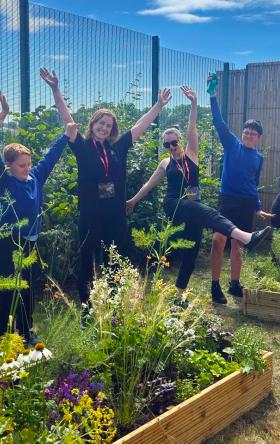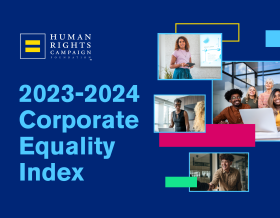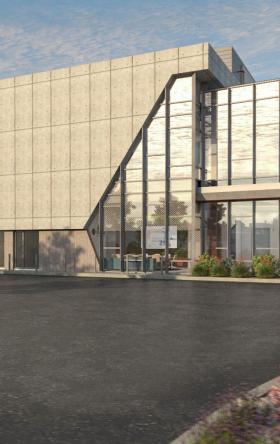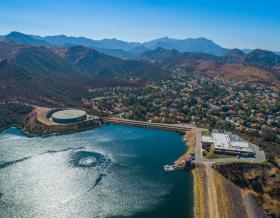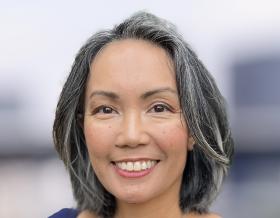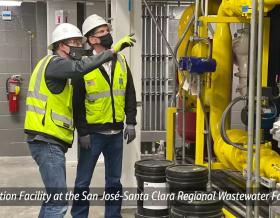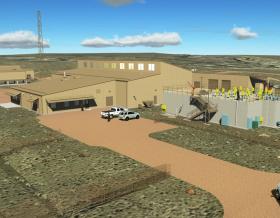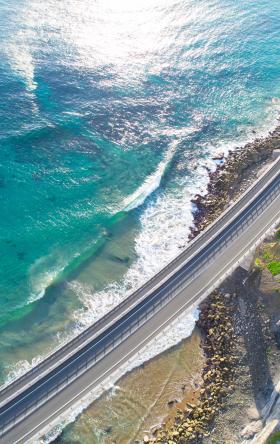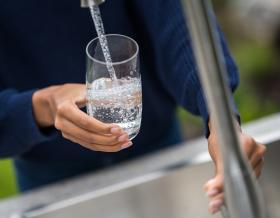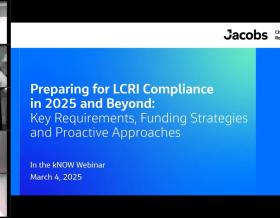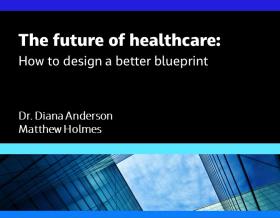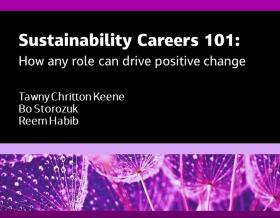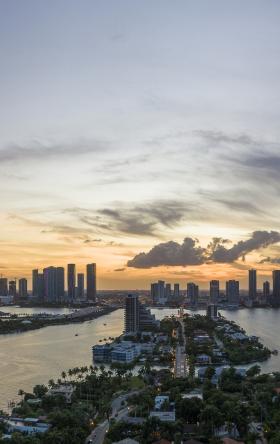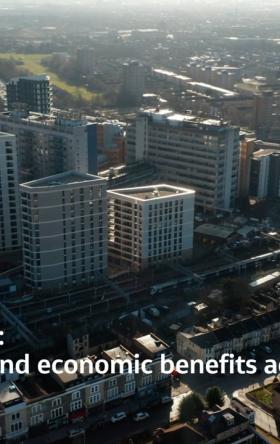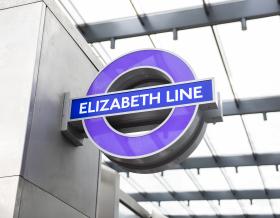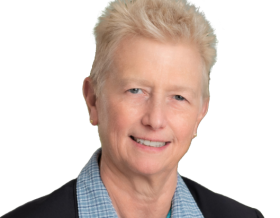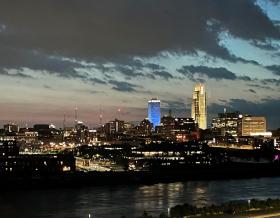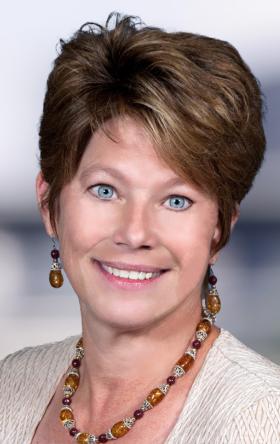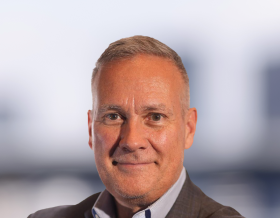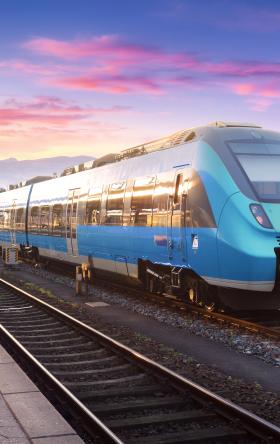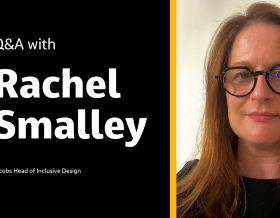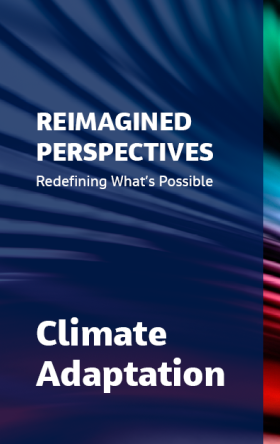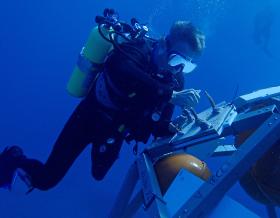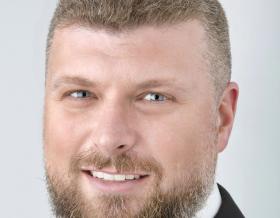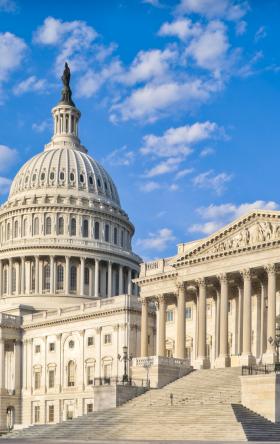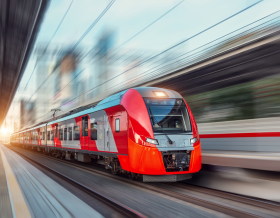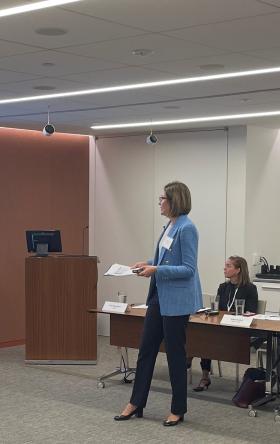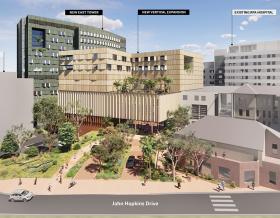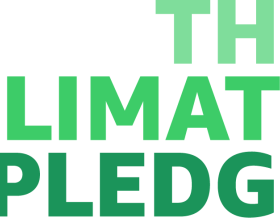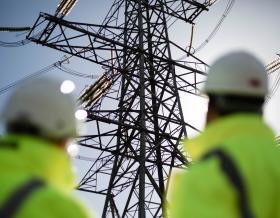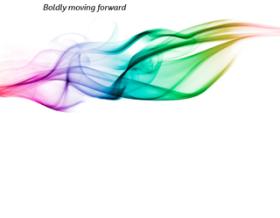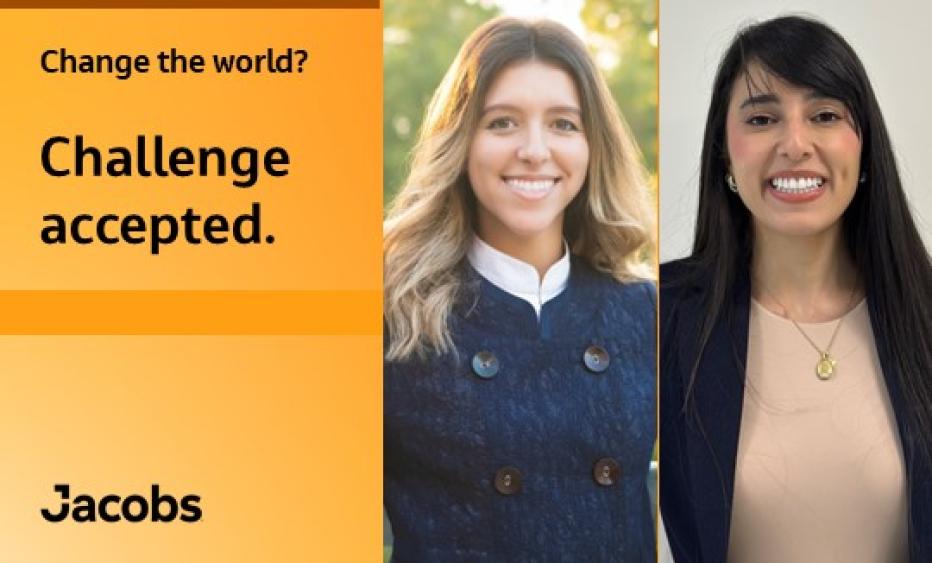
"Challenge accepted" is a call to action. It's a commitment to growth, innovation and excellence. It's about pushing boundaries, embracing new ideas and not shying away from obstacles.
Our people accept the challenge every single day – and we're showcasing a few of their stories. Today, we connected with Yari Escobar, Resilience Professional, and María del Alma Concepción Rodríguez, Environmental Professional and Safety Liaison, to discuss how they're developing flood mitigation strategies that protect communities in Puerto Rico while preserving ecosystems.
The challenge: Puerto Rico faces increasing flood risks from climate change, including hurricanes and heavy rainfall. When it floods throughout the island, water often blocks the roadways – cutting off access, isolating residents and disrupting daily life.
We contributed to a flood mitigation study for a transportation corridor in a town in Puerto Rico. First, we analyzed flood patterns, drainage systems, terrain and environmental risks to find high-risk areas. Second, we turned those insights into practical strategies. These included restoring natural buffers, improving stormwater systems and supporting better land use decisions. Our goal was to protect people, homes and ecosystems using science, data and a strong sense of community responsibility.
Yari: As a resilience professional with a background in civil engineering, I focused on integrating technical data with strategic planning to ensure solutions could be implemented over time. My role involved connecting the design intent to long-term community needs.
María: As an environmental professional and safety liaison, I focused on identifying areas where public health and safety could be directly impacted by flood conditions, especially where infrastructure failure would pose the greatest risk.
What’s the hardest part?
One of the hardest parts is turning technical data into real solutions. A model may show a flood risk in one area but putting that solution in place takes more than data. It often involves working with multiple agencies, finding funding and making environmental trade-offs. It is also challenging to explain complex science in a clear and relatable way. Local leaders need to understand the risks and the options. Their decisions affect infrastructure, public safety and quality of life.
Yari: My work focused on bridging technical findings with actionable strategies, while aligning them with the priorities of both the client and the community. It required balancing ideal engineering solutions with what was realistically feasible.
María: Part of my role was to ensure that proposed solutions also addressed environmental compliance and met safety standards, helping align technical goals with practical implementation.
How do you approach this?
We start with strong technical work and keep people at the center. We joined site visits to look at road conditions, drainage, riverbanks and ecological restoration work. We created a simple ranking system to help our client decide what to do first. The system used clear criteria focused on what was possible and effective. We helped gather and confirm environmental data. Our findings brought together engineering, water science, and ecology. This helped us give advice based on facts and on what communities are experiencing on the ground.
Yari: I helped guide the feasibility framework used to evaluate strategies. This ensured that proposed actions were aligned with resilience principles and could be prioritized based on impact, urgency and available resources.
María: In my role, I paid close attention to potential environmental hazards, monitored site-specific risks and ensured safety protocols were followed during assessments. That helped maintain a high level of quality control and minimized risks for our team and community.
How do you define success?
Success means our work leads to real change. It means better infrastructure, healthier ecosystems and communities that are ready for future storms. We work closely with our clients. In turn, they work with local governments to share and apply the solutions. When funding becomes available, these plans are ready. Because the community has been involved, they are more likely to support the work. That helps reduce flood risks more quickly.
Success also means building trust. It means the science behind our recommendations is clear, relevant and usable. It means our work empowers the people it is meant to serve. When a city updates its flood plan based on our work, that is success. When a neighborhood feels safer, that is success too.
In the spirit of International Women in Engineering Day, what advice do you have for aspiring female engineers?
Your perspective matters. Engineering is about solving problems that affect people. That means your ideas, your voice and your empathy are needed. Stay curious. Build your support system. Know that your experience is a strength. You belong in this field. Engineering is better with you in it.
Yari: Do not be afraid to lead with purpose and flexibility. There is room in engineering for creativity, systems thinking and resilience-building – all of which are critical in today’s world.
María: Never underestimate the value of interdisciplinary work. Roles in environmental science, health and safety are essential to the success of engineering projects – and your insight can make all the difference.
